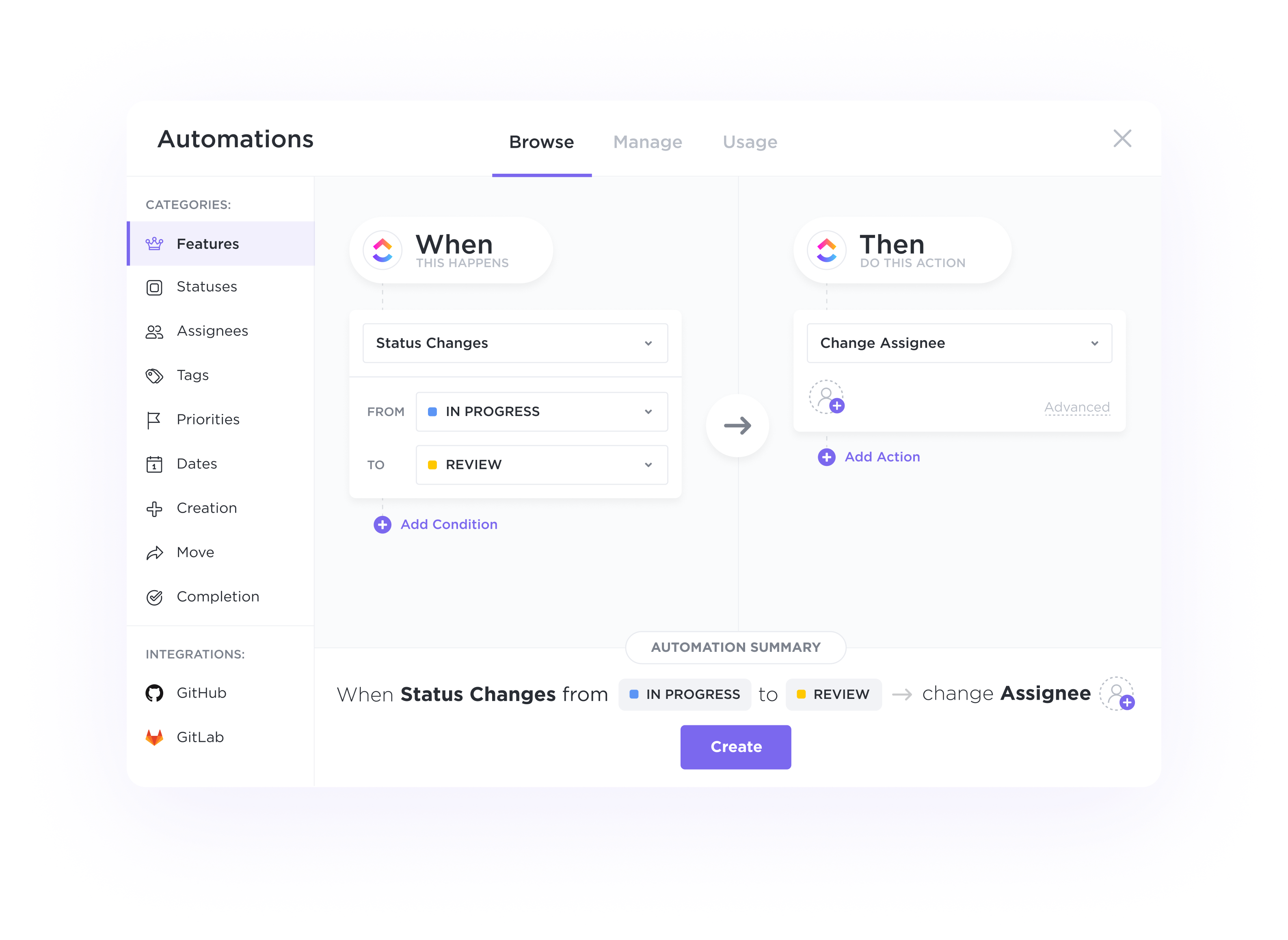Automate handoffs, status updates, and more.
Automatically assign tasks for each stage of your pipeline, trigger status updates based on activity, and switch priorities to alert your team on where to focus next.

Optimize your editorial workflow with ClickUp's customizable CRM system designed specifically for Editors. Streamline communication, track projects, and collaborate seamlessly all in one place. Say goodbye to scattered data and hello to a more efficient way of managing your editorial tasks with ClickUp.
Free forever.
No credit card.
Trusted by the world’s leading businesses
Automatically assign tasks for each stage of your pipeline, trigger status updates based on activity, and switch priorities to alert your team on where to focus next.

Manage everything from sales pipelines, customer engagement, and orders with ClickUp's 10+ highly flexible views. Easily track and manage your accounts on a List, Kanban Board, Table view, and more.

Key features of CRM software for editors include organizing content calendars, tracking article performance metrics, managing contributor relationships, streamlining editorial workflows, and personalizing communication with readers.
CRM software can help editors streamline communication and collaboration with authors and contributors by centralizing all interactions and content in one place, providing clear visibility into deadlines, progress, and feedback. It also facilitates task assignment, version control, and automated notifications for a more efficient workflow.
CRM software can assist editors in tracking and managing multiple projects and deadlines efficiently by providing a centralized platform for project management, task assignment, progress tracking, and deadline reminders.